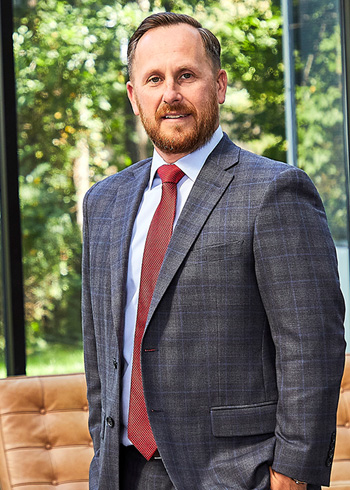Fatal construction accidents are increasing in New York at an alarming rate. From a low of 26 fatalities in 2009 to 68 deaths in 2017 and 61 lives lost in 2018 (the most recent year of U.S. Bureau of Labor Statistics data), our construction workers are facing a more dangerous work situation than in the past. A New York construction accident attorney can help the legal beneficiaries go after compensation if their close relative died in a construction accident.
Are Construction Deaths Inevitable or Preventable?
Some might argue that because construction is an inherently dangerous line of work, some people are bound to lose their lives on the job. The Occupational Safety and Health Administration (OSHA) describes construction as a “high hazard industry” in which some of the most significant dangers include:
- Heavy construction equipment striking workers
- Falling from rooftops
- Electrocutions
- Unattended tools and machinery
- Asbestos
- Silica dust
Although some people might shrug their shoulders and suggest that a construction worker assumes the risk of injury, OSHA blames construction deaths on the failure to follow established safety measures. For example, nothing kills more construction workers on the job than falls. OSHA says that all of the death from falls are preventable. In 2018, 1008 construction workers nationwide got killed on the job, and 320 of these fatalities were from falls.
OSHA reported four work-related fatalities in New York during a three weeks of October 2019. In these four separate incidents in different cities, workers lost their lives when:
- A tractor-trailer struck the worker.
- A paving truck hit the worker.
- A falling platform landed on the worker.
- A forklift crushed the worker.
These fatalities included all occupations in the state of New York, not only construction.
Preventing Construction Accidents
Construction companies do not have to speculate about how to keep their workers safe on the job. OSHA created safety rules, protocols, and educational materials for the construction industry. OSHA mandates that construction companies must:
- Train their employees to recognize potentially dangerous situations.
- Educate employees on safe practices to avoid injury.
- Provide all the necessary safety equipment for every worker on the job.
- Maintain the safety equipment in proper working condition.
Training should be ongoing, even with long-term employees. Regular refresher training sessions should take place so that employees do not become complacent. Some suggested topics include the safe use of ladders and scaffolds and how to use fall protection equipment when working on an elevated surface like a roof.
The employer should not merely hand the construction worker safety equipment and expect him to figure out how to use the items. An employer who does not provide adequate training on the use of safety equipment and injury prevention does not meet the responsibility of providing a safe work environment.
A person who survives a construction accident might sustain lifelong disability from devastating injuries. If your loved one suffered severe injuries or died from a construction accident, a New York personal injury lawyer might be able to help the injured worker or the family pursue compensation for their losses. Contact us today.

